First installment of the Hanfu in Components series is up! As a reminder, if you haven’t already, check out the introductory article to best find out how to use this guide, otherwise some things might not make sense to you. If you’ve done that already, charge on forward! To kick off the series, this is a brief article explaining how exactly we’re going to break down hanfu into its basic components. We’re still in the introductory stages here, but bear with me and we’ll get to the fun stuff soon.
WHAT MAKES HANFU, HANFU?
What defines 漢服/汉服/han4 fu2/hanfu? What sets it apart from everyone else? How do we know when something is truly hanfu, as opposed to hanfu-inspired? These questions can be kind of scary when you first look at them, scared of making a mistake—don’t worry, it’s actually pretty simple!
First, we should understand that hanfu isn’t just something that we derived off of paintings and imperial dramas. Every type of hanfu that we have today was recovered as a rotting piece of cloth that we dug up from the ground, studied by historians and made into clothing patterns (‘pattern’ refers the shape of the fabric pieces and how the pieces are sewed together, not the ‘pattern’ printed on the surface of a piece of fabric or color) that we use today to make hanfu. So everything that counts as hanfu, we have a real historical artifact to back up its construction. Sometimes different types of hanfu are even named after where the artifact was found.
Most hanfu enthusiasts fall into a category that we like to call 形制/黨/形制党/xing2 zhi4 dang3/construction enthusiasts, which is a very awkward translation. Essentially what this means is that the general consensus for the definition of hanfu is that we care only about the construction/clothing pattern to verify its status as hanfu. The actual type of fabric, the print on the fabric, that kind of thing doesn’t matter, just that the shape of the hanfu is correct.
If the construction of the hanfu is modified, or there’s no artifact recovered that we based the pattern off of but only paintings or pottery to guess from, we call the piece 改良漢服/改良汉服/gai3 liang2 han4 fu2/modified hanfu or 漢元素/汉元素/han4 yuan2 su4/Han-inspired. Still very popular, still awesome to wear! And honestly, half the time people don’t bother to tell between the difference, because the changes are so subtle.
In our coming articles we’ll go over the characteristics of each component that span across almost all the dynasties and represent a key feature of hanfu itself that you can use to recognize something as hanfu or hanfu-inspired. Before we do that, though, let’s actually go over the components!
THE COMPONENTS: OUTFITS
Most hanfu can be divided into a couple categories: tops, bottoms, fullbody robes, underwear, outerwear and accessories. We’ll be most concentrated on tops, outerwear, and fullbody robes for the next few articles. What’s important to know is that for these three categories, which cover the upper body, there are a few vital parts that they can be split into.
Each of these can have a different basic construction of its body. This includes the part directly covering your torso, the back of the piece, and a little bit of the upper arms, as well as some features attached to this part of the clothing. The construction of this part can tell you if you’re looking at a top, a robe, and a lot of other simple vocabulary that we’ll go over later.
There are also several types of collars, from cross-collar to slanted collar to parallel collar and so many more. These evolve a lot across different dynasties and can be matched with a lot of different clothing bodies.
Another mix-and-match element that we can’t forget is sleeves. While hanfu is known for its big sleeves, there’s more variation there than you realize—not only are there a lot of different types of big sleeves, there are a lot of iconic narrow sleeve silhouettes too. Like before, you can mix these with different bodies and collars for different kinds of hanfu.
As for bottoms, we’ve usually got skirts and pants—at the time of this article I only have an article on the type of hanfu skirts written here. Underwear or underlayers as I like to call it since they’re often stacked on top of each other have their own article here, which may or may not be added later, and accessories are way too vast for me to get in one article—we’re sticking to clothing-clothing for now!
Keep your eyes out for future articles as they keep rolling out!
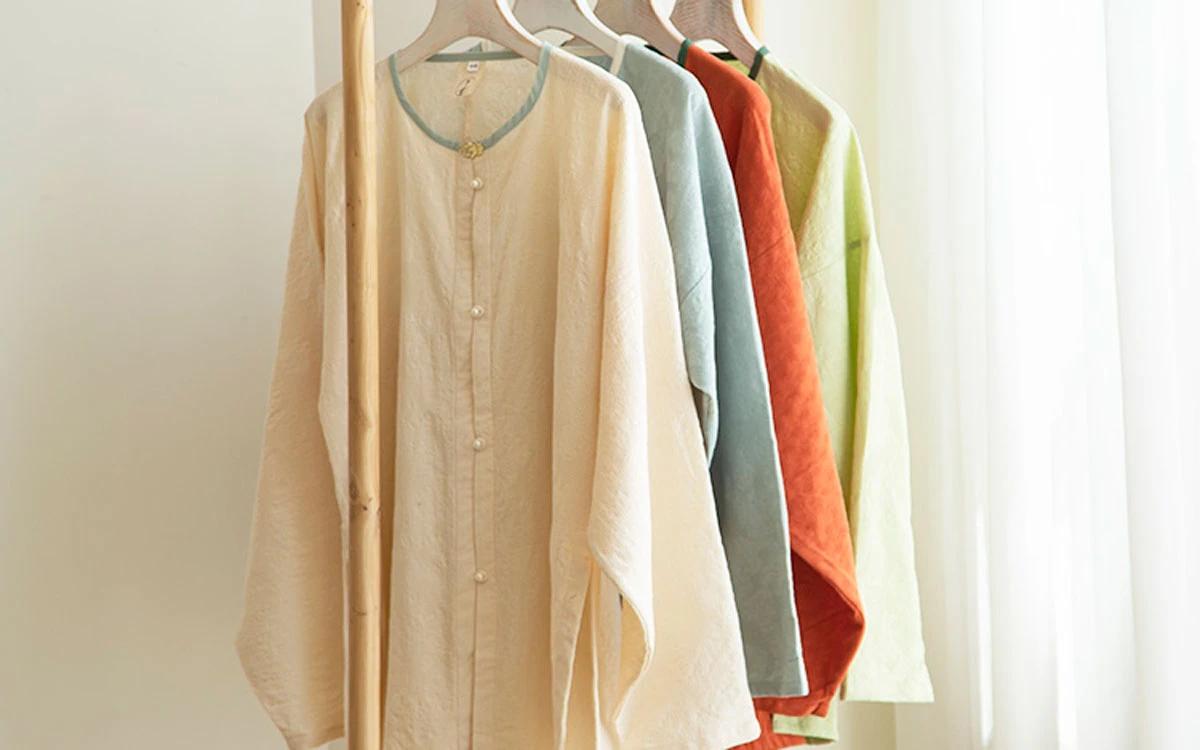
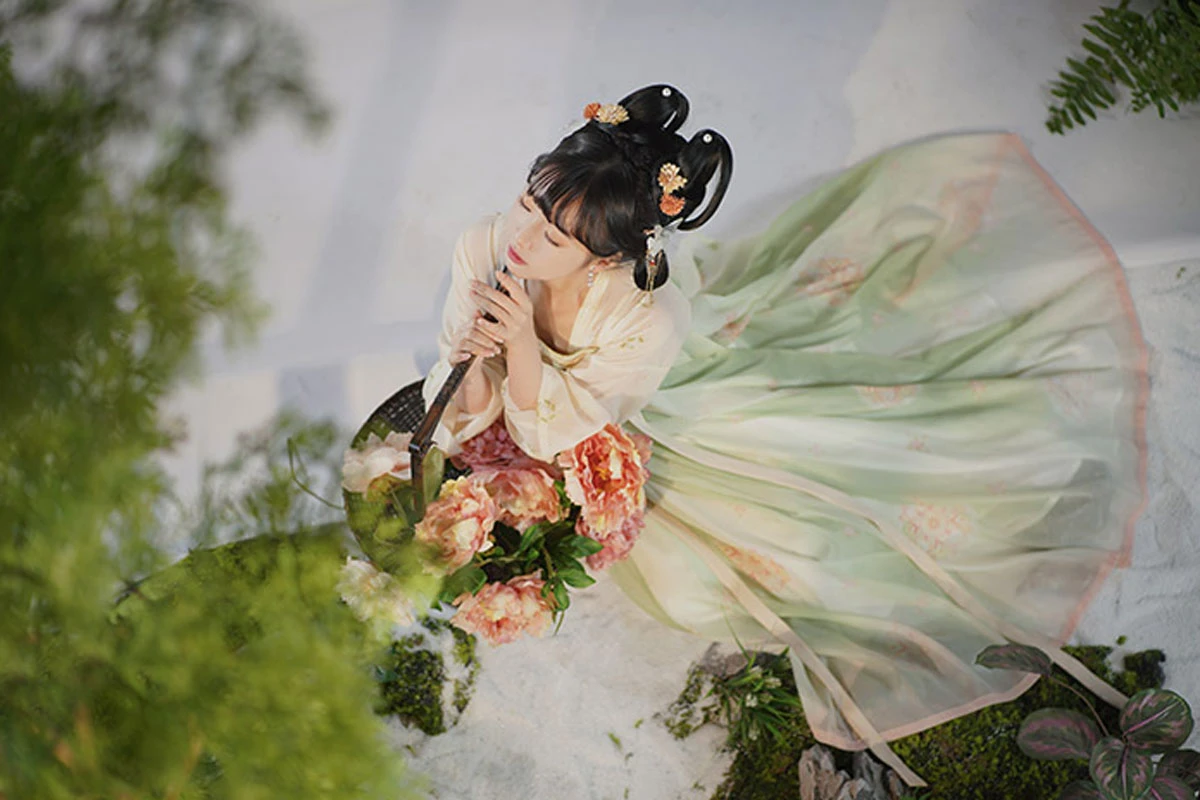
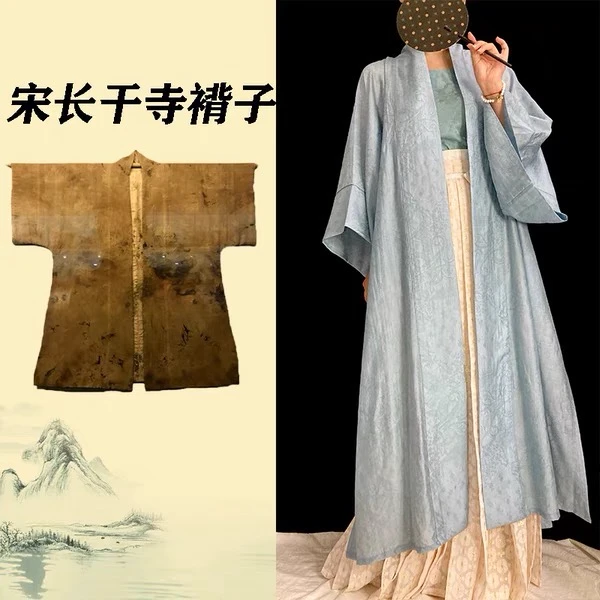
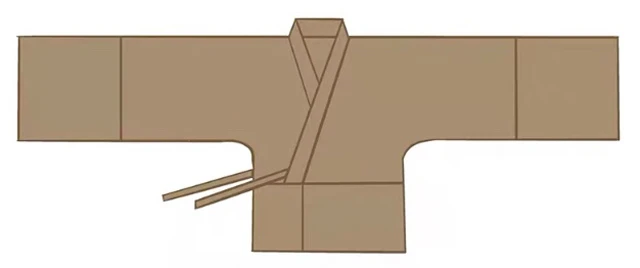
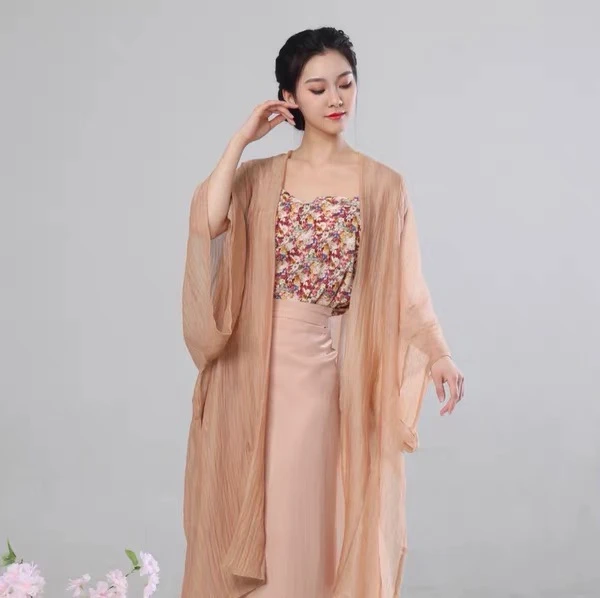
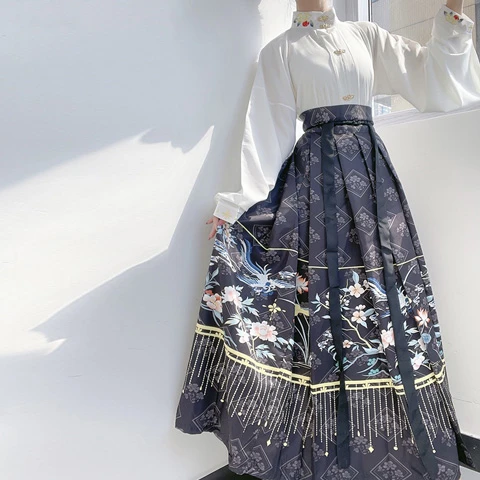
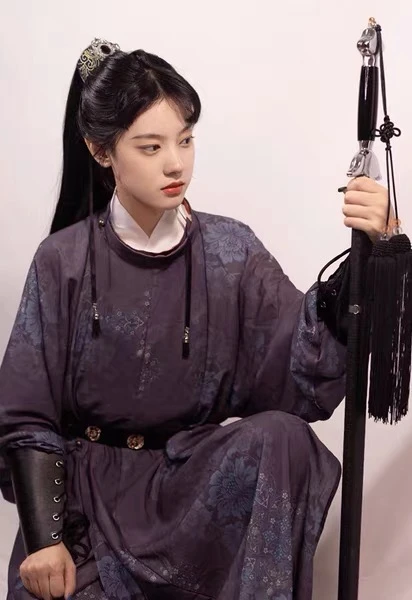
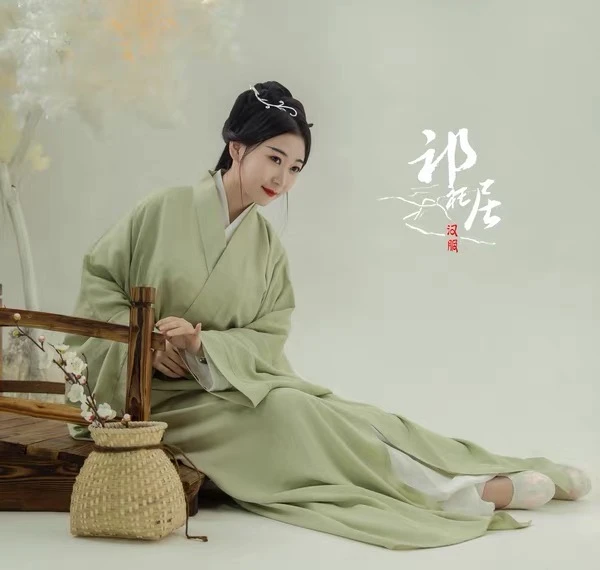
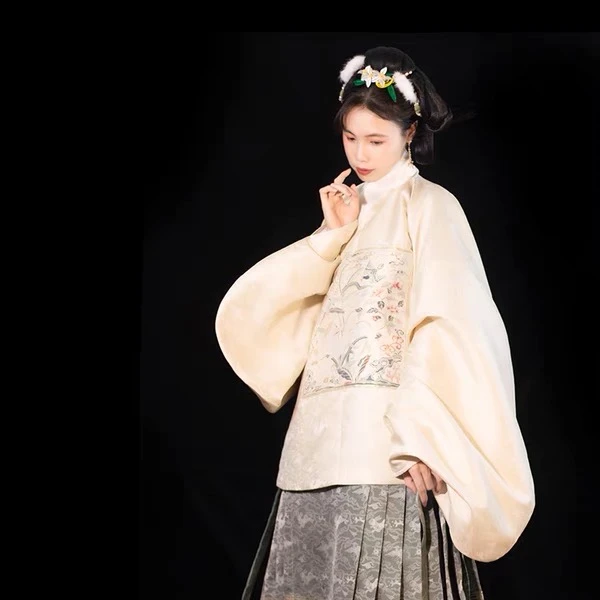
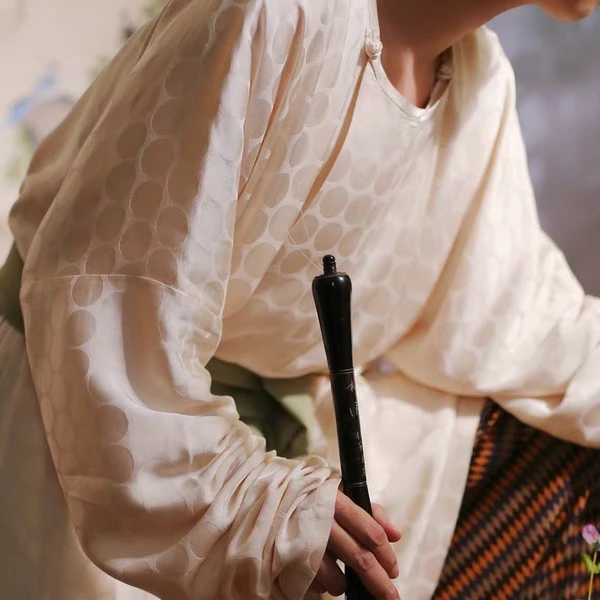

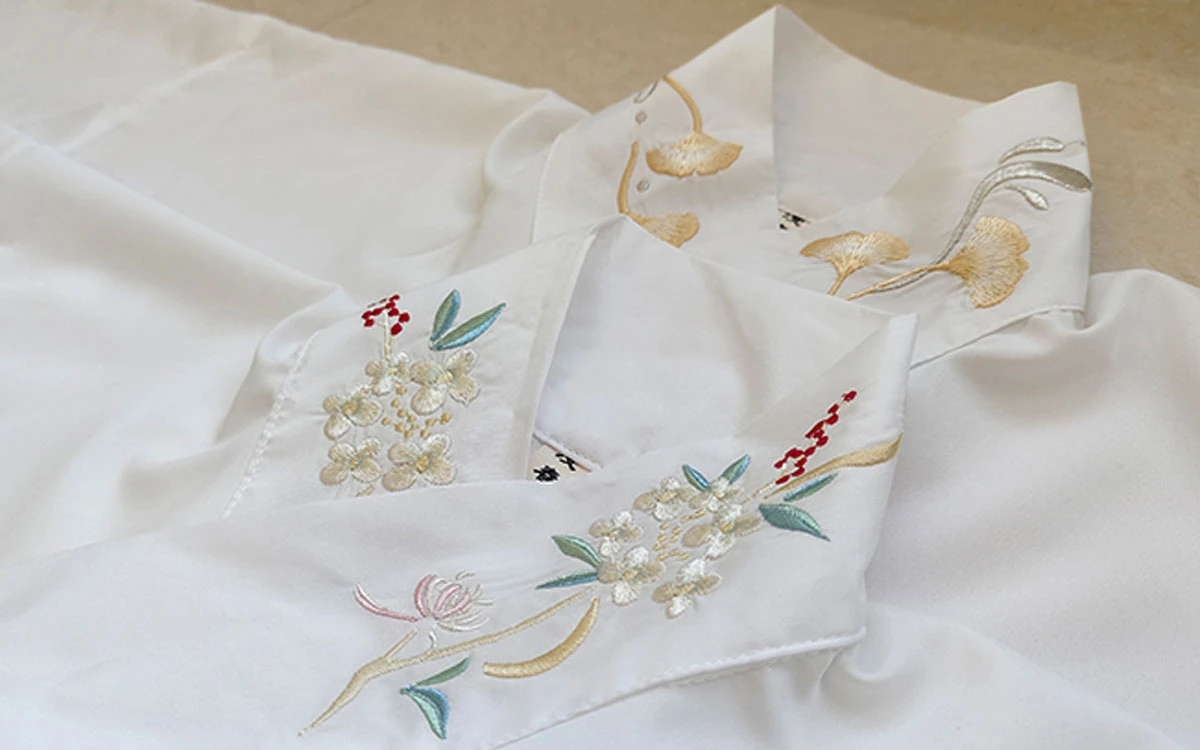
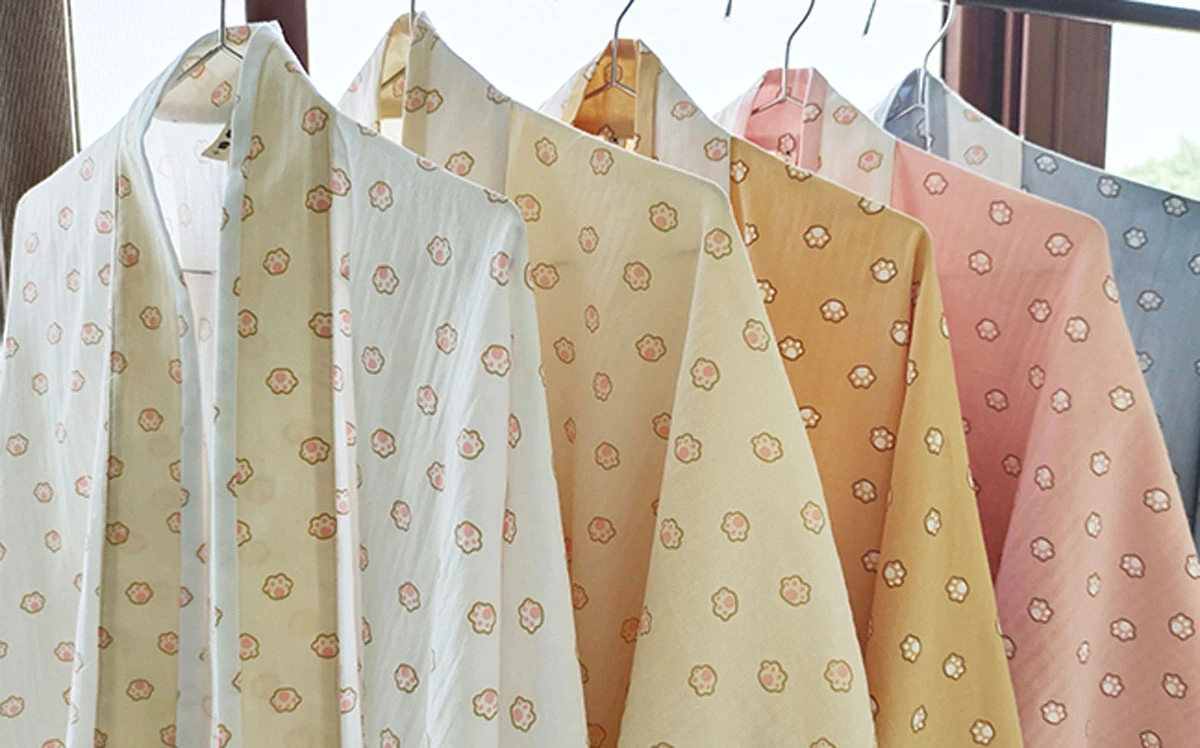
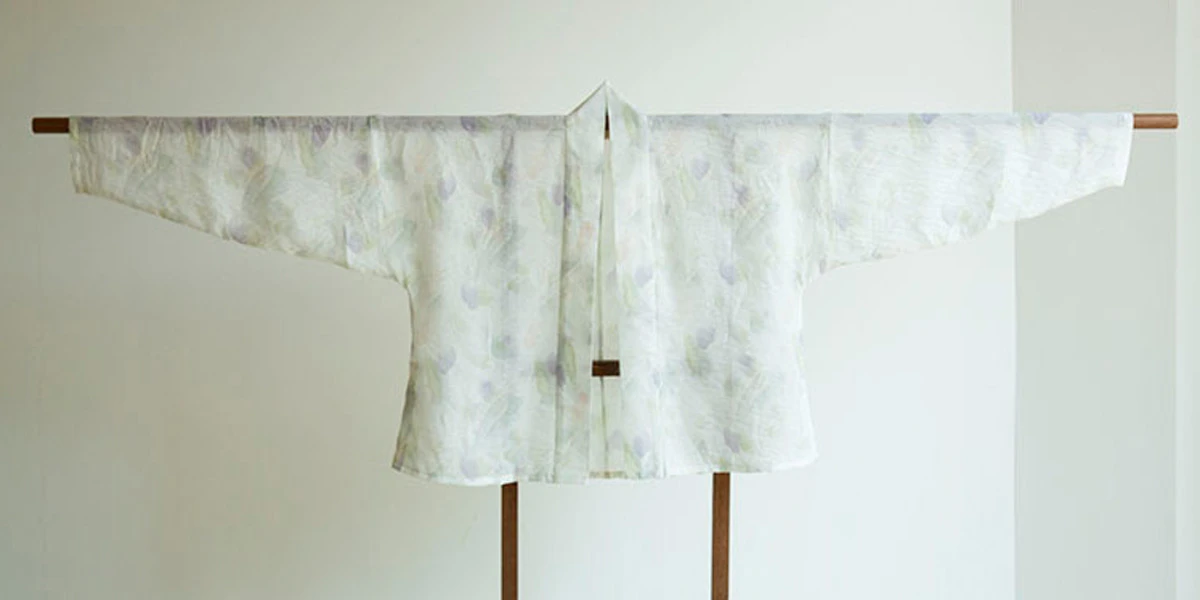
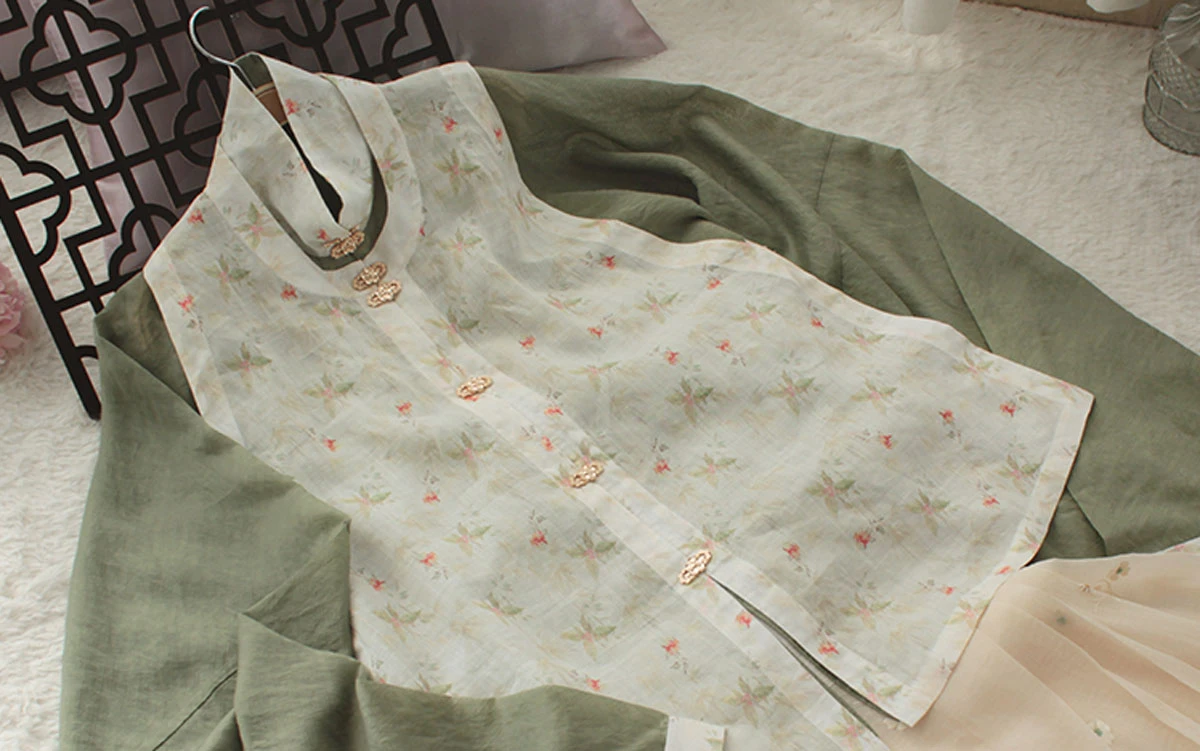
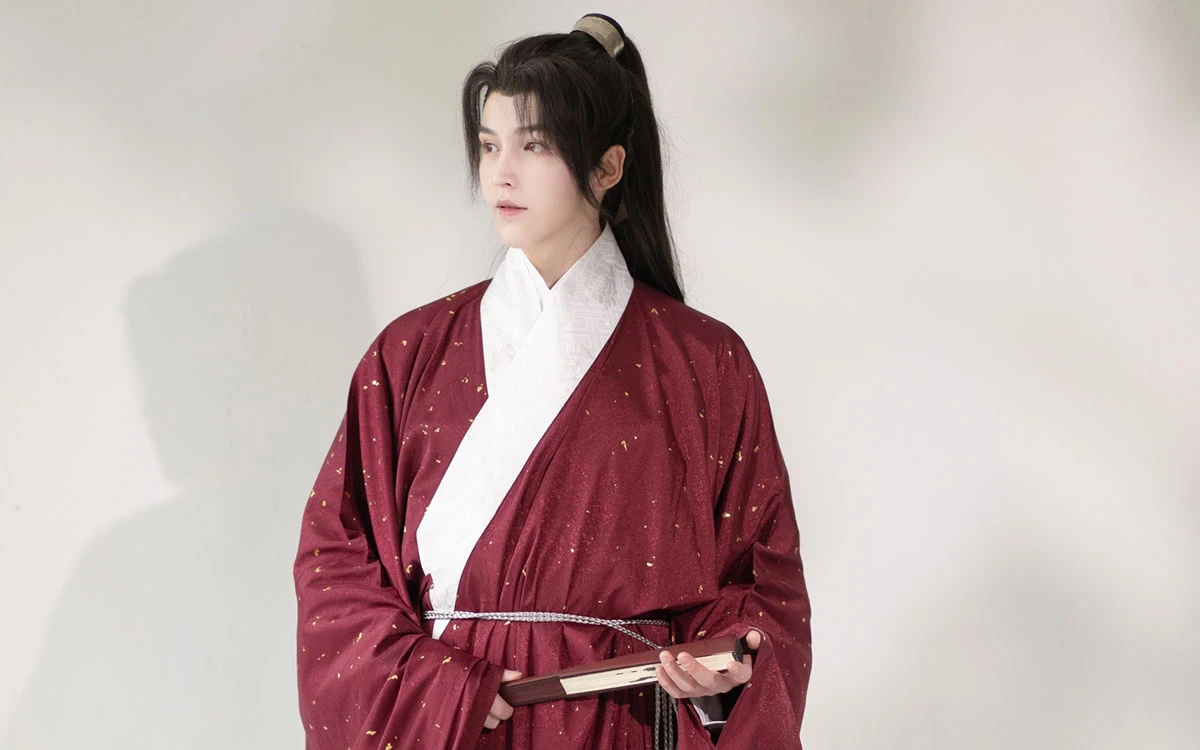

This series is the best! It'd never really struck me before just how customizable hanfu might be, haha... idk why I would think people back then would just pick one (1) singular outfit and just wear it forever lol
This did not really go into "constructions" as I expected, but that's probably just me 😂 and I'll be sure to keep reading!
Haha this one was mostly just an introduction, but let me know if there are any particular things you’d like to know more about and I’ll be sure to do some research and try to post more articles!
What I've always been wondering, is how did we come across these rotten pieces of clothes? I mean, ancient people used mostly natural fibers, that are more prone to decomposing, so there must really have specific conditions to find a readable piece of cloth from... say... the Qin dynasty!! :p
It goes far beyond the Qin dynasty! https://scitechdaily.com/what-was-ancient-clothing-like-see-one-of-the-oldest-pieces-of-cloth-in-the-world/amp/ Well, when one dies, one gets buried. There are spesific conditions of the environment that enables an organic thing to be rather preserved. Take silk, for example. Albeit being fine and rather thin, it can be very much preserved in a dark area that receives no sunlight. Mummies were preserved in arid conditions, where decomposition isn't that aggressive. Here, another reading material https://www.archaeology.wiki/blog/2013/11/27/saving-ancient-clothing-in-beihing/ I hope that could help 🤓
Thanks for the articles. Great read 😉
You're welcome! 💖 I just realised that my wording is kind of messy but anyways 💀
Great reply! The other thing is that this is part of the reason that we care a lot more about the shape or construction of hanfu and not as much about the colors and designs of the fabric. Over time all of the colors tend to fade so the recovered pieces are usually just brown; we mostly look at paintings for inspiration. The only colored ones we’ve dug up are from the Ming dynasty, hence more sophisticated colors and designs in hanfu from there.
Aku sangat menyukai gaun hanfu dan ingin banyak mengoleksinya 🤭
Terimakasih artikelnya menambah wawasan
Thanks!